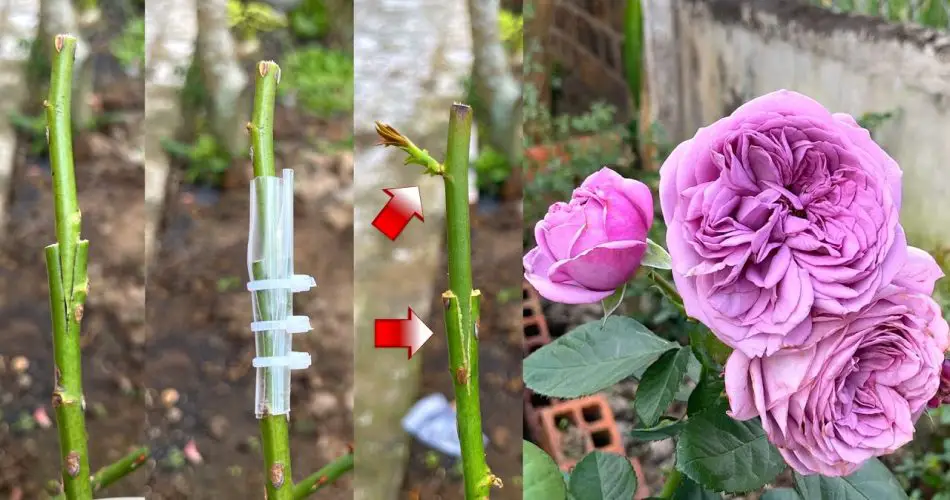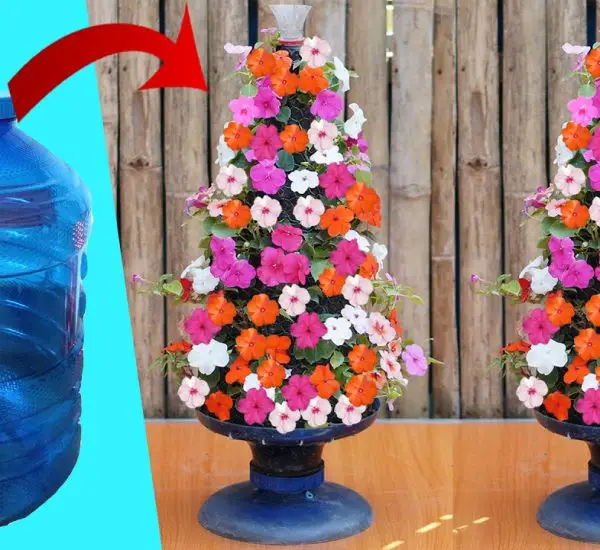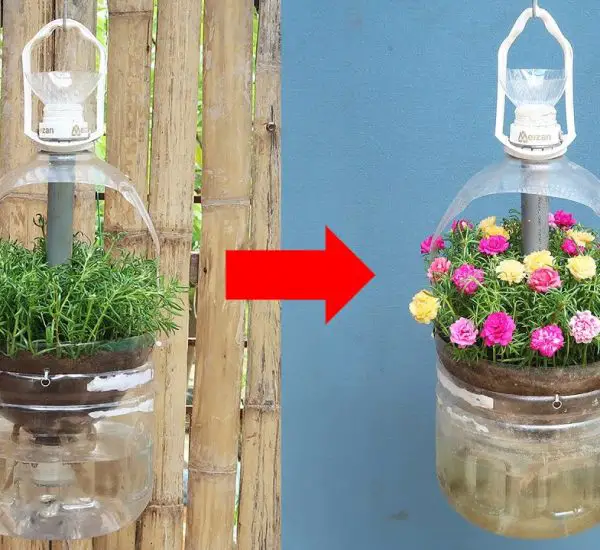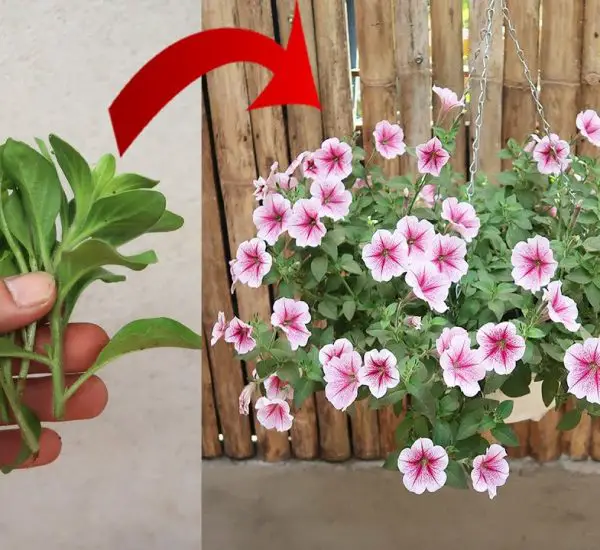If you’ve ever wanted to propagate roses or create a more resilient plant, grafting is the perfect method to help you achieve these goals. Grafting allows you to combine the best traits of two different rose plants into one, creating a stronger, more vibrant rose. In this article, we will walk you through a new, simple method of grafting roses that’s easy for beginners and results in beautiful, blooming plants.
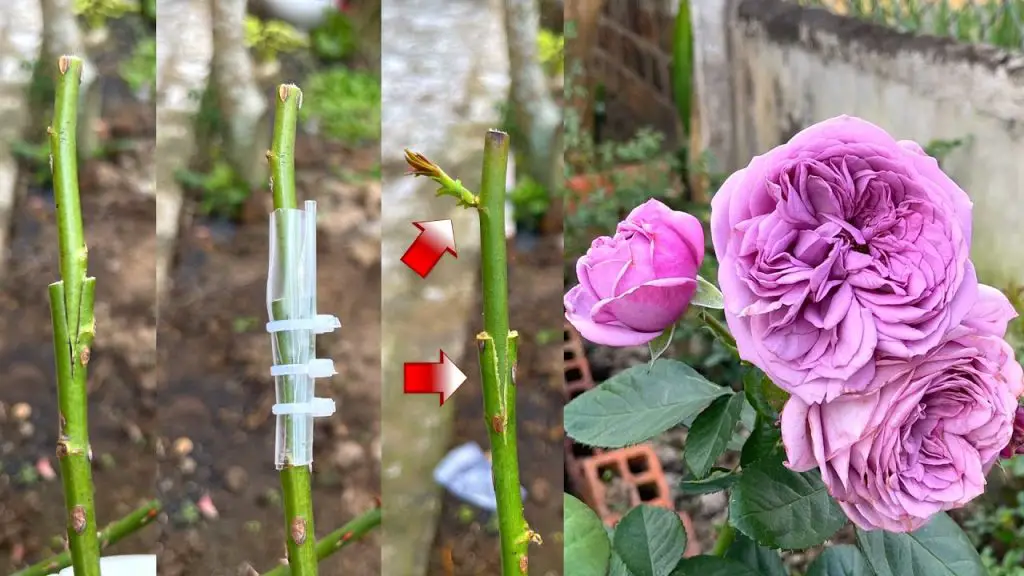
What is Grafting?
Grafting is a horticultural technique where two plants are joined together to grow as one. In the case of roses, one part of the plant (called the scion) is joined to another part (the rootstock) to combine the desired qualities of both plants. The scion is typically the variety of rose you want to propagate, while the rootstock is chosen for its strength and resistance to diseases.
Why Graft Roses?
- Stronger Plants: The rootstock often provides disease resistance, better root development, and improved cold hardiness.
- Better Blooms: The scion (the rose variety you graft onto the rootstock) will display the beautiful flowers you desire.
- Faster Growth: Grafting can speed up the growth process compared to growing roses from cuttings or seeds.
- Unique Combinations: You can create multi-colored roses or unusual rose hybrids by grafting different varieties together.
The New Simple Method of Grafting Roses
Although traditional grafting methods may seem complicated, we’re introducing a new, simplified technique that anyone can use. With just a few basic tools and steps, you can graft your roses with ease.
Tools You Will Need:
- Sharp knife or pruning shears for clean cuts
- Scion (a healthy, flowering rose stem from the variety you want to propagate)
- Rootstock (a strong rose plant or root system)
- Grafting tape or grafting clips to hold the graft together
- Grafting wax (optional) to seal the graft and prevent infection
- Clean, sharp scissors to trim the scion and rootstock
Step-by-Step Grafting Process:
Step 1: Select the Right Scion and Rootstock
First, choose a healthy scion (the variety of rose you want to propagate). It should be from the current season’s growth and around 4-6 inches long. Select a rootstock that is known for its resilience, such as Dr. Huey or Rosa multiflora, which are commonly used in grafting roses. The rootstock should be of a similar size to the scion.
Step 2: Make the Grafting Cut
Now, it’s time to make the graft. Trim the scion at a 45-degree angle just below a bud. Do the same for the rootstock, making a matching angle to ensure a good fit. The idea is to align the cuts so that the cambium layer (the green tissue just under the bark) of both the scion and rootstock come into contact.
Step 3: Join the Scion and Rootstock
Carefully align the cut ends of the scion and rootstock. Make sure the cambium layers are in contact with each other as much as possible. Gently press the pieces together, ensuring they fit snugly. This will allow the plants to fuse and begin growing together.
Step 4: Secure the Graft
Use grafting tape or grafting clips to securely fasten the two parts together. This is crucial for keeping the scion and rootstock in place while they bond. If you’re using grafting tape, be sure to wrap it tightly around the graft site but not so tightly that it cuts into the plant.
Step 5: Seal the Graft (Optional)
To protect the graft from moisture loss and infection, you can apply grafting wax around the wound. This will help keep the graft site secure and promote healing.
Step 6: Care for the Grafted Rose
Place the grafted rose in a shaded, sheltered area for a few weeks to allow the graft to heal. Keep the soil around the graft moist but not too wet. After a few weeks, you can check if the graft has taken by gently pulling on the scion. If it resists, it’s successfully grafted!
Caring for Your Grafted Roses
Once the graft has successfully healed and the rose begins to grow, care for it like any other rose plant. Here are a few tips:
- Watering: Keep the plant well-watered, but avoid over-watering, as this can cause the roots to rot.
- Pruning: As the plant grows, prune away any unwanted stems or shoots that may appear on the rootstock, allowing the scion to take over.
- Fertilizing: Use a balanced fertilizer to encourage healthy growth and promote blooming.
- Sunlight: Ensure your rose receives plenty of sunlight, at least 6 hours a day.
Conclusion: Simple and Effective Grafting for Beautiful Roses
Grafting roses doesn’t have to be complicated or intimidating. With this simple new method, anyone can create stronger, more vibrant roses that produce beautiful blooms year after year. Whether you’re looking to propagate your favorite variety or create a disease-resistant rose plant, grafting offers an easy and effective way to achieve your gardening goals.
Start your grafting journey today, and enjoy the beautiful, unique roses you’ve created with your own hands!
